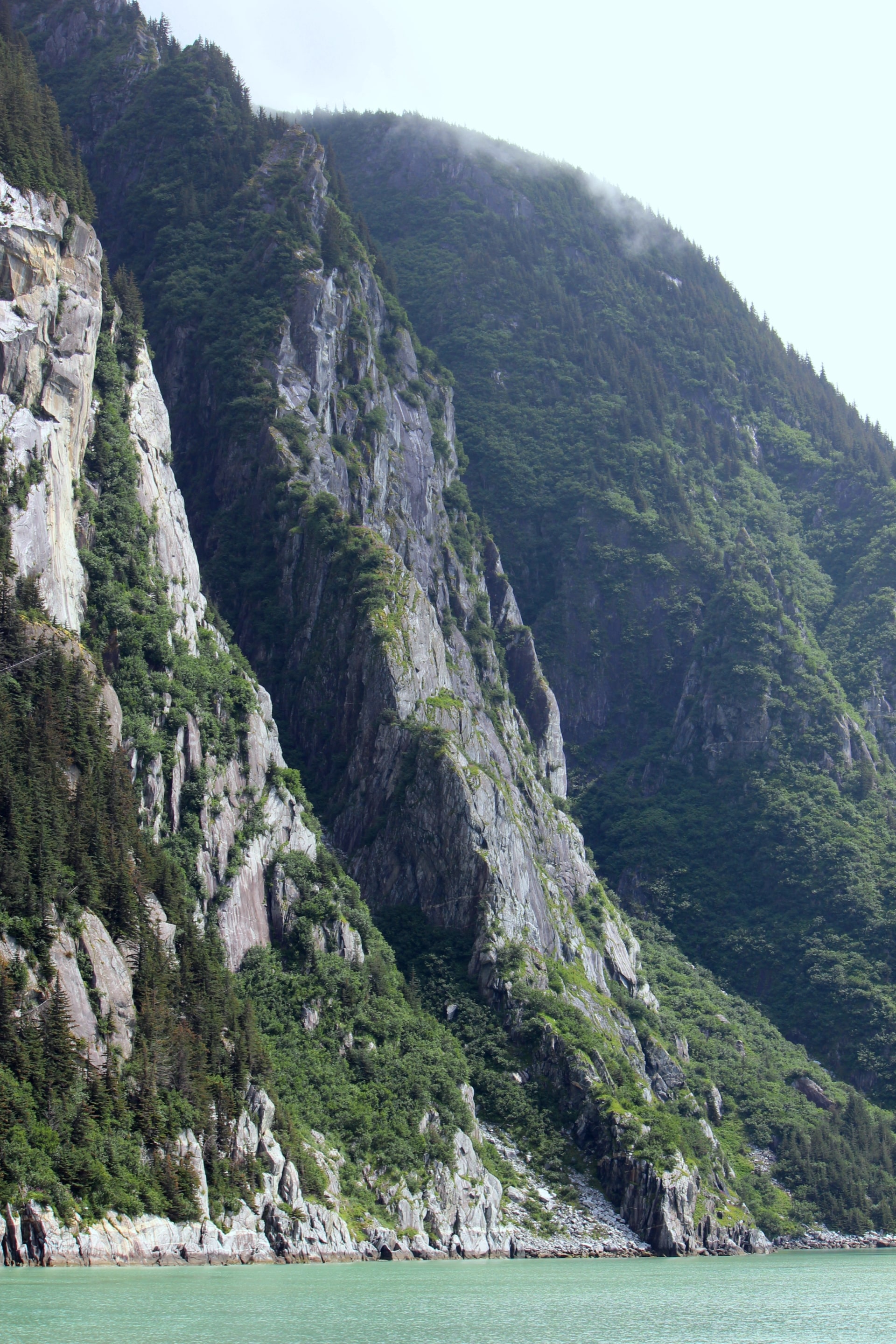Mines
There are a large number of potential mines, both along the Taku River or its tributaries and their drainage areas. Small scale mining occurred in the Tulsequah Valley; the “Tulsequah Chief” mine is located on the banks of the Tulsequah River which is the last BC River to join the main stem Taku River before it pours over the international border into Alaska. The Tulsequah Chief is an underground abandoned mine that has been leaching acid mine drainage into the Tulsequah River since it closed in 1957. Much of the environmental damage today is caused by the remnants of mining operations that were abandoned decades ago; prior to the modern environmental standards of today. Many mine sites are so old that no financially viable parties exist today, leaving the cleanup responsibilities to new business owners.
Chieftain Metals Inc. of Toronto, Canada bought the Tulsequah Chief Mine, which was previously owned by Redfern Resources Ltd. The government of Canada issued a clean-up order for the Tulsequah Chief and Big Bull mine sites. To achieve compliance, Chieftain Metals Inc. built a $9 million water treatment plant to handle the historic acid mine drainage at the Tulsequah Chief site. The plant was completed in late 2011; unfortunately, it wasn’t long before Chieftain metals Inc. announced that in June of 2012 they would shut down the plant. Many mining company operations lack the financial resources to remedy cleanup problems. Chieftain Metals declared bankruptcy claiming that the controversial mining project is not fanciable based on their resource estimates. Current environmental policy does not seem to address these problems very well.
Leadership Demand Clean up
Tribes from Southeast Alaska, Taku River Tlingit First Nation, River Without Borders along with government officials, environmental conservation groups, and community leaders are working to educate citizens and leaders about the threats posed by transboundary mines. They have been requesting British Columbia and Environment Canada to clean up the mine sites for several years. Douglas Indian Association is very concerned with the potential risks to aquatic resources as a result of the mine discharge. Mine development is happening under Canadian laws and regulations that have been significantly weakened over the past few years. The acid mine drainage is a major problem with hard-rock mines, the process of bio-accumulation over time can potentially cause ecological destruction, and the metals dissolved by the acidic drainage will poison downstream waters.
Transboundary Mining Workgroup
In late 2012 the Taku River Tlingit First Nation passed a Joint Clan Mandate opposing the proposal of the Tulsequah Chief Mine. In December 2013 the Tlingit, represented by Ecojustice filed a lawsuit in the Supreme Court of British Columbia challenging the validity of Chieftain’s Environmental Certificate, the fundamental permit for the proposal. A coalition of 15 federally recognized Tribes in Southeast Alaska formed the United Tribal Transboundary Mining Workgroup who work to protect Southeastern Alaska’s ancestral lands and waters. DIA, CCTHITA have begun to collect intertidal sediment and baseline water quality samples on the major transboundary rivers; they are working to identify major problems affecting our traditional and sacred territories. Water quality data are used to characterize waters, identify emerging problems, direct pollution control, and build community awareness of pollution problems. As Southeastern Tribes work to help identify and restore problem sites, we will take a proactive approach to natural resource management, be advocates for our watersheds and increase the amount of needed water quality information available on our waters. DIA has been working to protect and sustain the ecological health of the Taku River watershed. Our cultural heritage is vast, we have genuine concern for the earth and will protect our traditional and sacred territories for the wellbeing of our future generations.
Activities
The Douglas Indian Association (DIA), and Rivers Without Borders (RWB) hosted a one-day boat trip to educate citizens and leaders about the threats posed by transboundary mines and to build community awareness of the traditional territory of the Aak’w Kwaan and T’aaku Kwaan tribes. The trip began in Auke Bay and sailed around Douglas Island into Juneau and then up Gastineau Channel into the Taku Inlet area near the Taku Glacier.
Invitations
DIA invited tribal representatives from Taku Tlingit First Nation and leaders of the State, City and Federal agencies along with DIA tribal members and elders. The boat made several off-shore stops where tribal leadership gave presentations about cultural and historical significance of traditional and sacred territory.
Presentations
Environmental staff gave presentations that high-lighted the tribes’ environmental programs and talked about the establishment of baseline data for the Taku River and Gastineau Channel areas where changes are being monitored for mining pollution problems.
Memorial Ceremony
DIA tribal members held a memorial ceremony near “The Scar” rock for the loss of loved ones, and Goldbelt Heritage Foundation gave a presentation on the new totem pole project A Time for Healing. They introduced master carver Nathan Jackson and his mentor and apprentice carvers who performed Tlingit songs and dances.
Funding
The $3,000 from IEN-WMAN went toward the renting of an Allen Marine catamaran tour boat. We had a very good turnout of over a 100 people who attended the trip.
Media
DIA also invited a photographer and journalists to accompany us. There is a story in the Juneau Empire that will be submitted along with this report.

















Leave A Comment